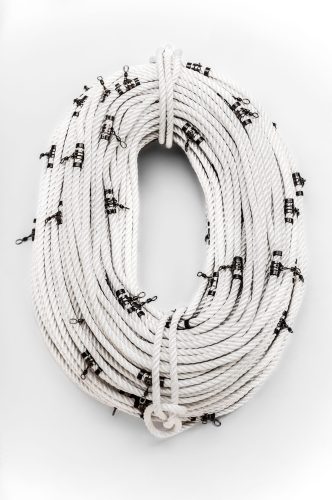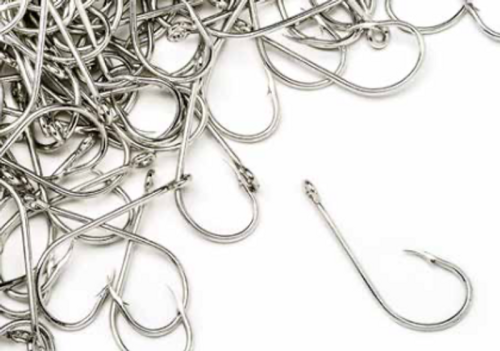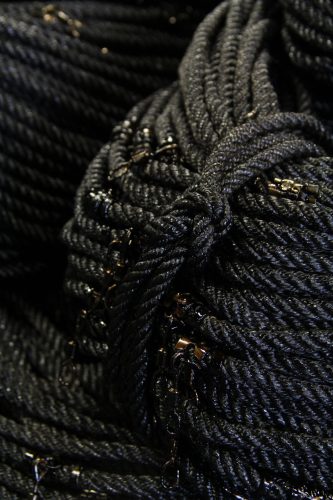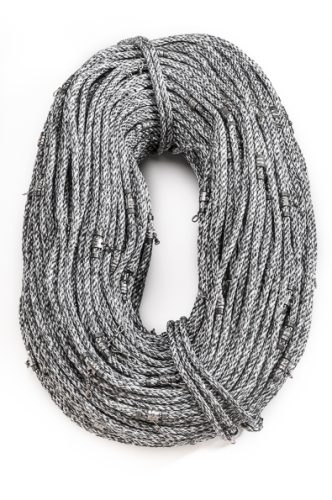Avoidance of bycatch of seabirds is an essential part of responsible longline fishing. Scientific advisory committees such as ACAP and regional fisheries management organization such as CCMLAR issue Best Practises Advice that offers guidance and several mandatory requirements for the industry to follow.
The subsequent adoption of IW lines by the fishing fleet that targets Patagonian toothfish has been hailed as a success in bird conservation. According to BirdLife International (Bycatch Mitigation Factsheet 3), the use of IW lines “has proved to reduce the bycatch rate of whitechinned petrels by 90%…”.
IW lines begin sinking immediately after hitting the water, whereas conventional lines may be upheld by propeller turbulence for up to 80m astern. The IW lines plunge into the deep fast, rapidly sinking out of the diving range of most birds. The contrast in sinking rates are illustrated in the diagram. Streamer lines, or ‘tori’ lines, is another effective measure (CCAMLR Conservation Measure 25-02) against seabird bycatch. These comprise fluorescent plastic strips trailing from specialised lines that are deployed between a high point on the vessel and a dragged object behind the vessel. (See BirdLife International Bycatch Mitigation Factsheet 7 for details). A spin-off from these seabird conservation efforts is improved fishing. Bait is partly washed out and loses some of its attractiveness on the way through the water column.
The fast-sinking IW lines thus offer more effective fishing time at the terminal fishing depth, and thus better bait utilization. Further reading: Dietrich, K., Melvin, E., Conquest, L. (2008). Integrated weight longlines with paired streamer lines – Best practice to prevent seabird bycatch in demersal longline fisheries. Biological Conservation, 141, 1793–1805.
Fibre:
Silver (Polyester-Danline mix)
Spacing:
1.1m to 1.5m. Special spacings upon request
Treatments:
Tar or environment-friendly polyetylene





